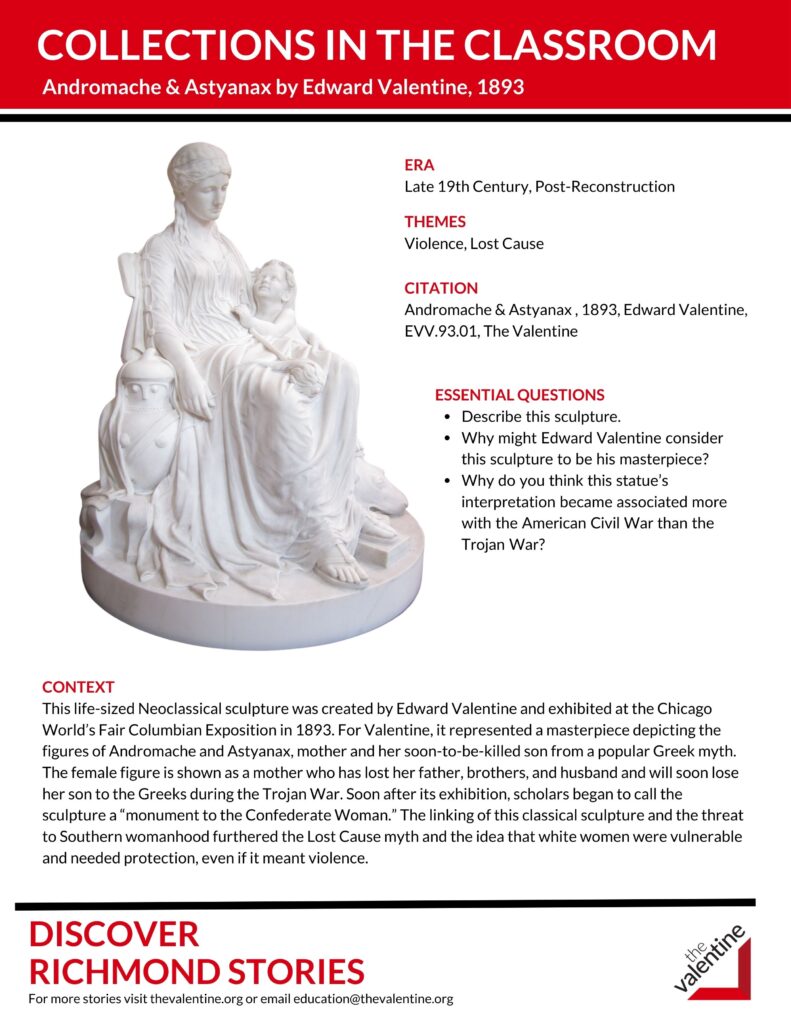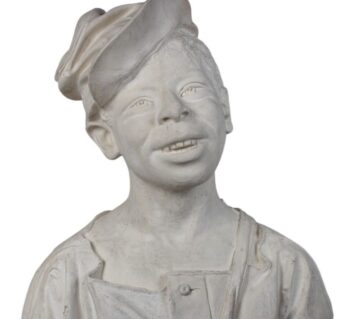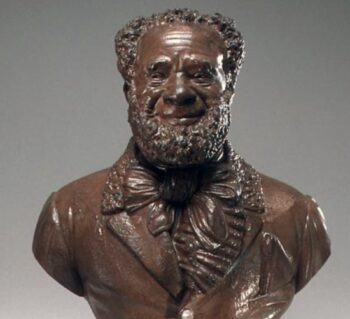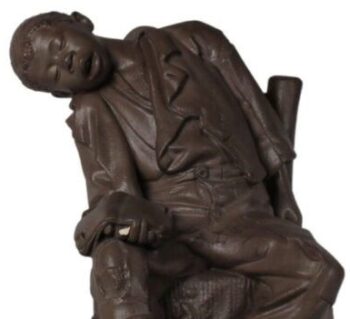
Andromache & Astyanax, 1893
Collections in the Classroom
Grade Level
High, Middle
Time Period
1871-1899: Post Reconstruction
Theme
The Lost Cause Myth
Resource Type
Primary Source
Download Collections in the Classroom: Andromache & Astyanax (pdf)
ESSENTIAL QUESTIONS
- Describe this sculpture.
- Why might Edward Valentine consider this sculpture to be his masterpiece?
- Why do you think this statue’s interpretation became associated more with the American Civil War than the Trojan War?
CONTEXT
This life-sized Neoclassical sculpture was created by Edward Valentine and exhibited at the Chicago World’s Fair Columbian Exposition in 1893. For Valentine, it represented a masterpiece depicting the figures of Andromache and Astyanax, mother and her soon-to-be-killed son from a popular Greek myth. The female figure is shown as a mother who has lost her father, brothers, and husband and will soon lose her son to the Greeks during the Trojan War. Soon after its exhibition, scholars began to call the sculpture a “monument to the Confederate Woman.” The linking of this classical sculpture and the threat to Southern womanhood furthered the Lost Cause myth and the idea that white women were vulnerable and needed protection, even if it meant violence.



